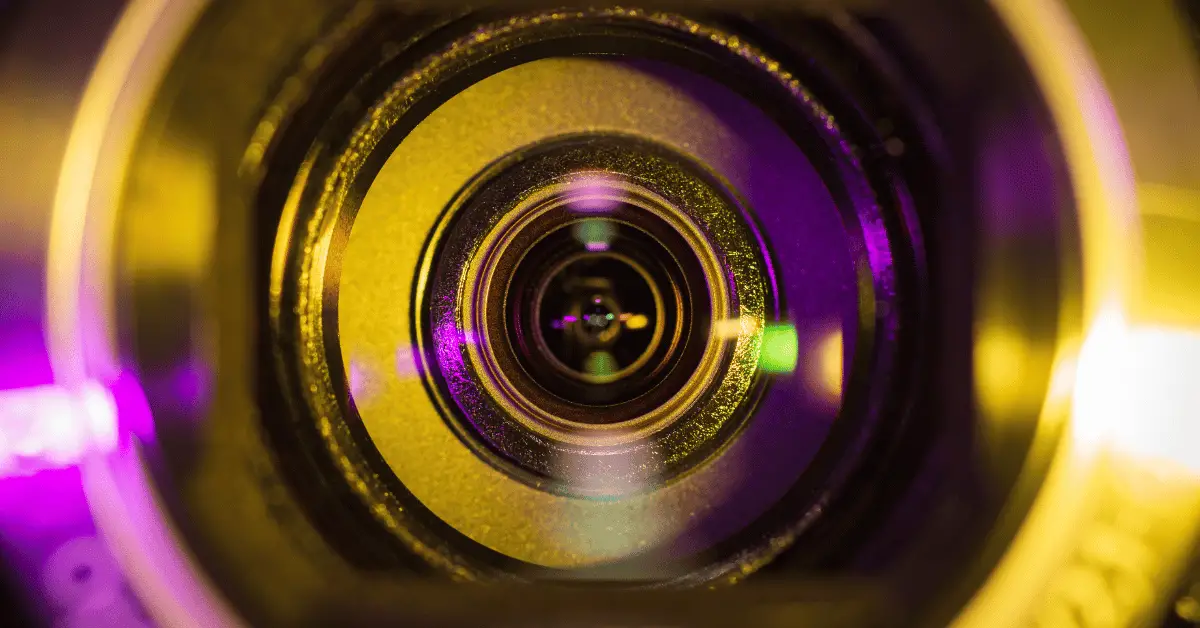Connecting to a projector can be a great way to display your device’s screen to a larger audience or view content on a bigger screen. However, it can also be a bit intimidating if you’re not familiar with the process. In this article, we’ll provide a step-by-step guide on how to connect your device to a projector. We’ll cover both wired and wireless connections and provide troubleshooting tips for common issues that may arise. By the end of this article, you’ll be able to confidently connect your device to a projector and enjoy your content on a larger screen.
Table of Contents
Learn How to Connect to a Projector?
Connecting your device to a projector can be a useful tool for presenting, watching movies, or playing video games. However, it can be daunting if you’re not familiar with the process. In this article, we’ll provide a step-by-step guide on how to connect your device to a projector, including troubleshooting tips.
Step 1: Check the Projector’s Ports
The first step in connecting to a projector is to check the ports available on the projector. Most projectors will have a VGA port, an HDMI port, or both. Make sure you have the appropriate cable for the port on your device.
Step 2: Connect the Cable
Connect the cable from the projector to your device. For VGA connections, make sure to screw the connector into the port to ensure a secure connection. For HDMI connections, simply insert the cable into the port.
Step 3: Change the Projector’s Input Source
Once the cable is connected, you’ll need to change the input source on the projector to the correct port. Most projectors will have a button on the remote or on the projector itself to switch between input sources.
Step 4: Adjust Display Settings
If the display on the projector is not automatically adjusting to the correct size or resolution, you may need to adjust the display settings on your device. This can typically be done in the display settings of your device’s operating system.
Troubleshooting Tips
If you’re experiencing issues with connecting to a projector, here are some troubleshooting tips:
- Make sure the projector is turned on and properly plugged in
- Check that the correct input source is selected on the projector
- Try a different cable or port on the projector
- Restart your device
- Check for any updates or drivers needed for your device or projector
How to Connect Surface Pro to Projector
Connecting your Surface Pro to a projector can be a useful tool for presenting or sharing your device’s screen on a larger display. Here are the steps to connect your Surface Pro to a projector:
Step 1: Check the Projector’s Ports
Check the ports available on the projector. Most projectors will have a VGA port, an HDMI port, or both. Make sure you have the appropriate cable for the port on your Surface Pro.
Step 2: Connect the Cable
Connect the cable from the projector to your Surface Pro. For VGA connections, use the Surface Pro’s Mini DisplayPort to VGA Adapter. For HDMI connections, use the Surface Pro’s Mini DisplayPort to HDMI Adapter.
Step 3: Change the Projector’s Input Source
Once the cable is connected, you’ll need to change the input source on the projector to the correct port. Most projectors will have a button on the remote or on the projector itself to switch between input sources.
Step 4: Adjust Display Settings
If the display on the projector is not automatically adjusting to the correct size or resolution, you may need to adjust the display settings on your Surface Pro. This can typically be done in the display settings of your Surface Pro’s operating system.
Step 5: Adjust Sound Settings
If you need sound to be played through the projector’s speakers, you may need to adjust the sound settings on your Surface Pro. You can do this by selecting the speaker icon on your taskbar and selecting the output device.
Troubleshooting Tips
If you’re experiencing issues with connecting your Surface Pro to a projector, here are some troubleshooting tips:
- Make sure the projector is turned on and properly plugged in
- Check that the correct input source is selected on the projector
- Try a different cable or port on the projector
- Restart your Surface Pro
- Check for any updates or drivers needed for your Surface Pro or projector

